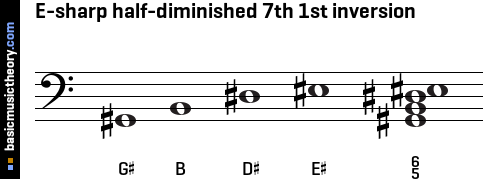
I can’t imagine that anyone would write a whole sonata in C flat minor.To find a song that matches our mood, in the 21st century, we need only type in how we are feeling or walk into a new room, and a streaming service’s algorithm will grab that data and intuit our needs with unsettling ease. Further searching revealed that it’s actually in C sharp minor (4 sharps), which sounds a lot more reasonable.

Searching the internet, I found a reference to a piano sonata in C flat minor composed by the Argentinian composer José Torre Bertucci and played by the Argentinian pianist Alfredo Corral. From E flat minor, I would otherwise have used a C flat major chord except I wanted a harmonic twist for a text about separation and loss. Again, I might have used D sharp minor, but the rest of the song spends as much time in the corresponding major key, and I’m not going to use D sharp major (9 sharps). The second is in a song which starts in C sharp minor and modulates to E flat minor. I might have used D sharp minor (6 sharps) (D sharp minor – C sharp minor – B minor – A sharp minor), but that is too ‘sharp’ for my internal musical ear, although those keys theoretically sound exactly the same. Except the text talks about deep silence on a moonlit night, so I wanted the music to be sparse and bleak, so I used E flat minor – D flat minor – C flat minor – B flat major. This would usually be harmonised: E flat minor – D flat major – C flat major – B flat major. The bass descends stepwise: E flat – D flat – C flat – B flat. The first is in a song in Eb minor (6 flats).

In fact, I would be very surprised if they have ever been used at all.” (I suspect G flat minor and C flat minor are extremely rare in folk, jazz, rock and international music as well.)Īt least C flat minor has been. Someone else answered “They are certainly extremely rare in classical music.

Someone asked on a music forum whether G flat minor (9 flats) and C flat minor exist and are ever used. 99.9999% of the time it is simpler to use B minor (2 sharps). C flat minor (10 flats) is certainly a rarely used key.


 0 kommentar(er)
0 kommentar(er)
